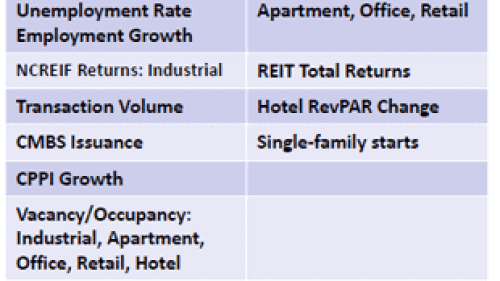Beth Mattson-Teig is a freelance business writer and editor based in Minneapolis. She specializes in commercial real estate and finance topics. Mattson-Teig writes for several national business and industry publications and is the author of numerous white papers.









